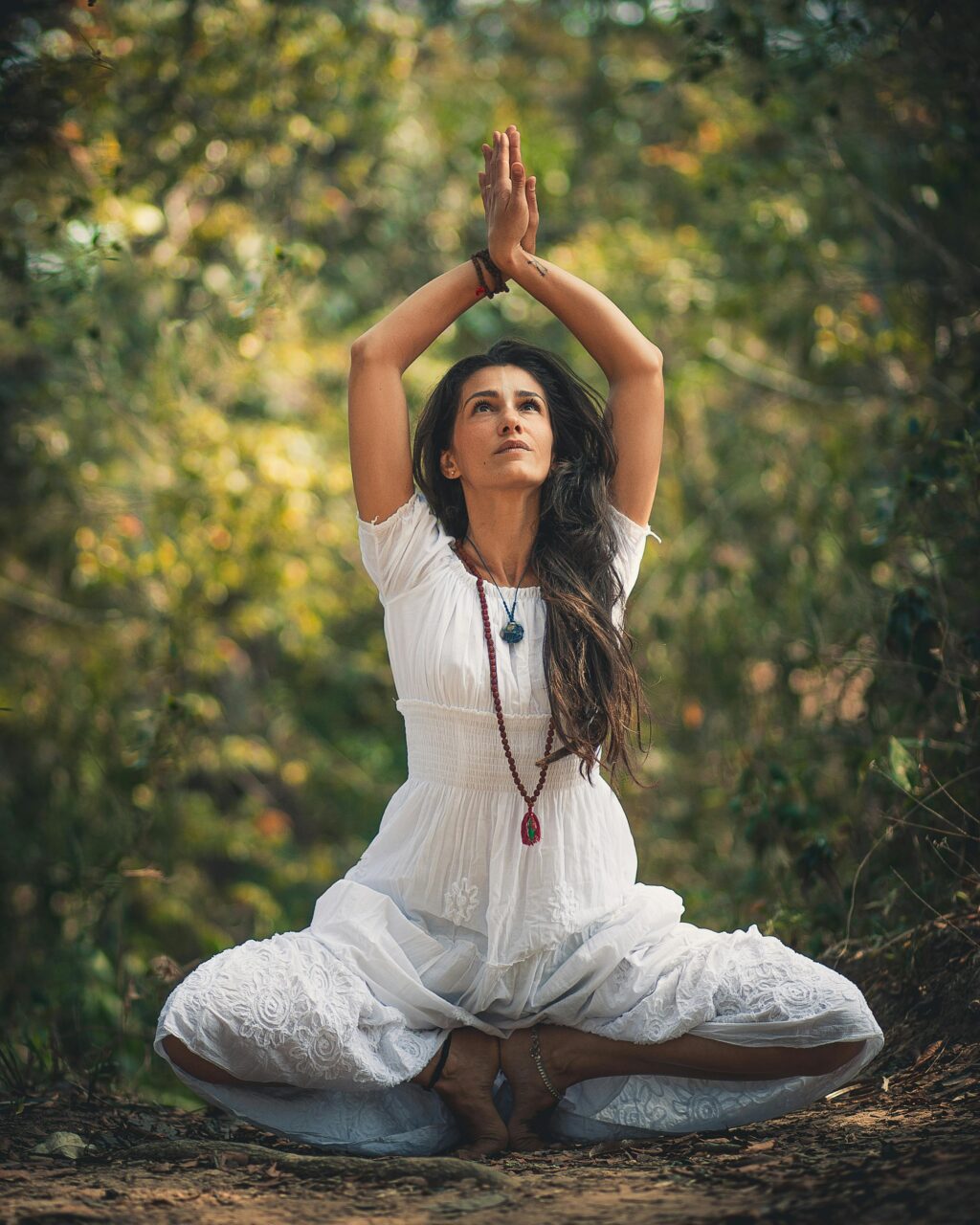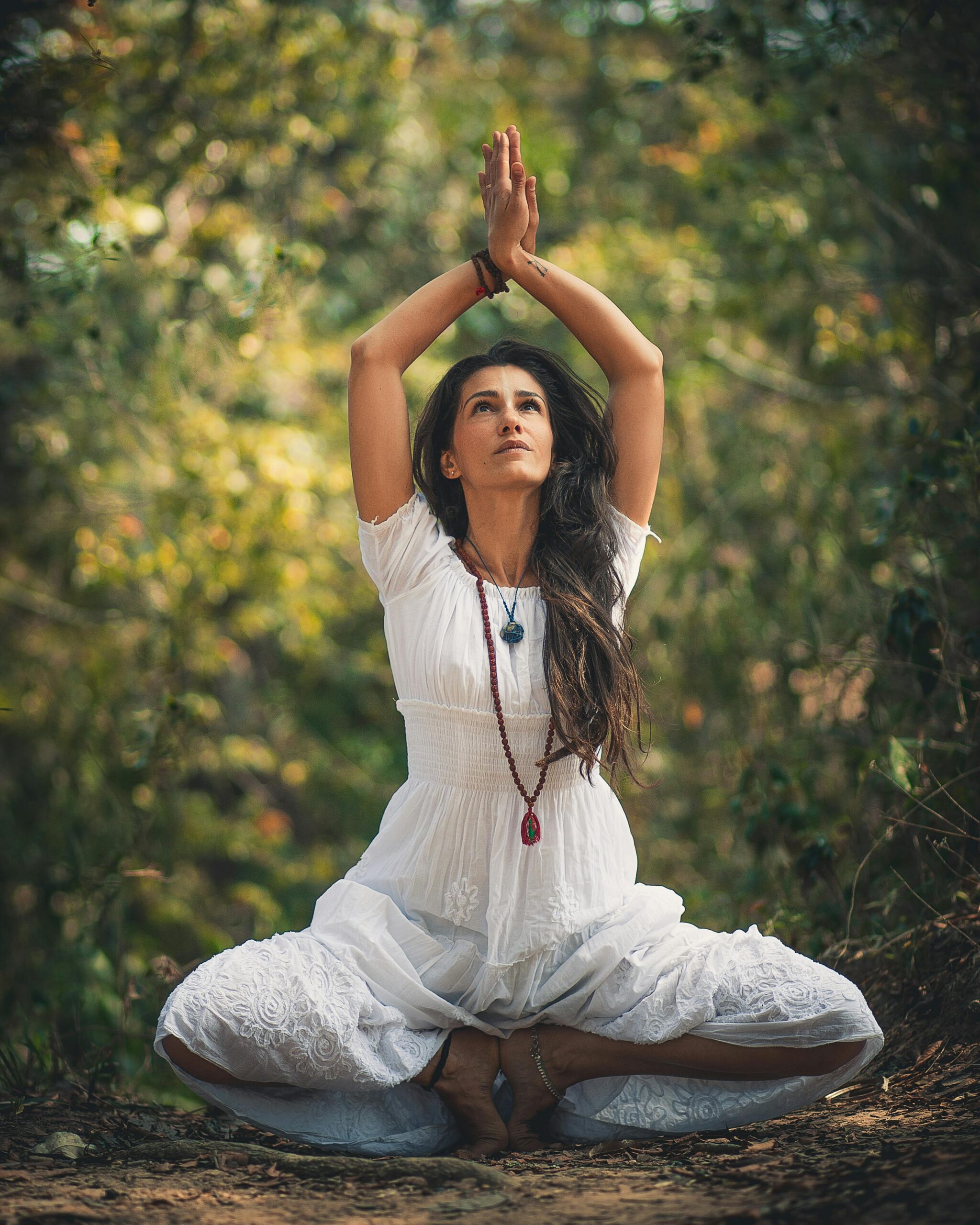Yoga the Ultimate Treatment: Most oldest and Curative Practice amongst the World

Yoga and meditation, deeply rooted in Indian philosophy and spirituality, offer a comprehensive approach to physical, mental, and spiritual well-being.
Here’s a detailed look into these practices:
Yoga
Yoga is a holistic practice that combines physical postures, breathing techniques, and meditation to promote overall health and harmony.
Types of Yoga
- Hatha Yoga:
- Focuses on physical postures (asanas) and breath control (pranayama).
- Ideal for beginners, it emphasizes slow and steady movements.
- Vinyasa Yoga:
- Known for its fluid, dynamic sequences that link breath to movement.
- Often referred to as “flow” yoga, it offers a cardiovascular workout.
- Ashtanga Yoga:
- A rigorous, structured practice with a set sequence of postures.
- Promotes strength, flexibility, and stamina.
- Iyengar Yoga:
- Emphasizes precise alignment and the use of props like blocks and straps.
- Suitable for people with injuries or those seeking a deeper understanding of each posture.
- Kundalini Yoga:
- Aims to awaken the dormant energy (kundalini) at the base of the spine.
- Combines dynamic movements, breathwork, chanting, and meditation.
- Bikram Yoga:
- A series of 26 postures practiced in a heated room.
- Designed to improve flexibility, detoxify the body, and enhance cardiovascular health.
Key Asanas (Postures)
- Tadasana (Mountain Pose):
- A foundational standing pose that promotes balance and grounding.
- Adho Mukha Svanasana (Downward-Facing Dog):
- Strengthens the arms, shoulders, and legs while stretching the spine and hamstrings.
- Virabhadrasana (Warrior Pose):
- Builds strength and stamina in the legs and core while enhancing focus and stability.
- Bhujangasana (Cobra Pose):
- Opens the chest and shoulders, strengthens the spine, and improves posture.
- Balasana (Child’s Pose):
- A resting pose that gently stretches the back and calms the mind.
- Savasana (Corpse Pose):
- A relaxation pose typically practiced at the end of a yoga session to integrate the benefits of the practice and promote deep rest.
Pranayama (Breath Control)
- Ujjayi Breath:
- A calming and focusing breath, often used in Vinyasa and Ashtanga yoga.
- Creates a soft sound, similar to ocean waves, which helps regulate the breath and mind.
- Nadi Shodhana (Alternate Nostril Breathing):
- Balances the nervous system and enhances mental clarity.
- Involves alternating the breath between the left and right nostrils.
- Kapalabhati (Skull Shining Breath):
- A vigorous breath technique that detoxifies and energizes the body.
- Involves forceful exhalations followed by passive inhalations.
- Bhramari (Bee Breath):
- A soothing breath practice that reduces stress and anxiety.
- Involves making a humming sound during exhalation.
Meditation
Meditation is the practice of focusing the mind to achieve a state of mental clarity, emotional calmness, and heightened awareness.
Types of Meditation
- Mindfulness Meditation:
- Involves paying attention to the present moment without judgment.
- Often practiced through mindful breathing, body scans, or mindful walking.
- Mantra Meditation:
- Uses a repeated word or phrase (mantra) to focus the mind.
- Common mantras include “Om” or “So Hum.”
- Loving-Kindness Meditation (Metta):
- Cultivates compassion and love for oneself and others.
- Involves silently repeating phrases like “May I be happy, may I be healthy” while extending these wishes to others.
- Transcendental Meditation:
- A specific form of mantra meditation, practiced for 20 minutes twice daily.
- Involves silently repeating a personal mantra to achieve deep rest and relaxation.
- Guided Meditation:
- Involves following the guidance of a teacher or recording.
- Can focus on various themes, such as relaxation, healing, or achieving specific goals.
Benefits of Meditation
- Reduces Stress and Anxiety:
- Regular practice lowers cortisol levels and calms the mind.
- Enhances the body’s response to stress by promoting relaxation.
- Improves Focus and Concentration:
- Trains the mind to stay present, improving attention span and productivity.
- Enhances Emotional Health:
- Increases self-awareness and emotional regulation.
- Promotes positive feelings and reduces symptoms of depression.
- Promotes Better Sleep:
- Calms the nervous system, making it easier to fall asleep and stay asleep.
- Supports Physical Health:
- Lowers blood pressure, reduces inflammation, and boosts the immune system.
Combining Yoga and Meditation
- Integrated Practice:
- Yoga prepares the body and mind for meditation by reducing physical tension and promoting mental clarity.
- Meditation enhances the benefits of yoga by fostering a deeper state of mindfulness and relaxation.
- Daily Routine:
- Start with a gentle yoga session to stretch and awaken the body.
- Follow with pranayama to calm the mind and prepare for meditation.
- End with a meditation session to achieve a state of inner peace and clarity.
Conclusion
Yoga and meditation are powerful practices that offer a path to holistic well-being. By integrating physical postures, breath control, and mindfulness, these ancient traditions provide tools for achieving balance, health, and inner peace in the modern world. Whether you are seeking physical fitness, mental clarity, or spiritual growth, yoga and meditation offer diverse practices to meet your needs.








